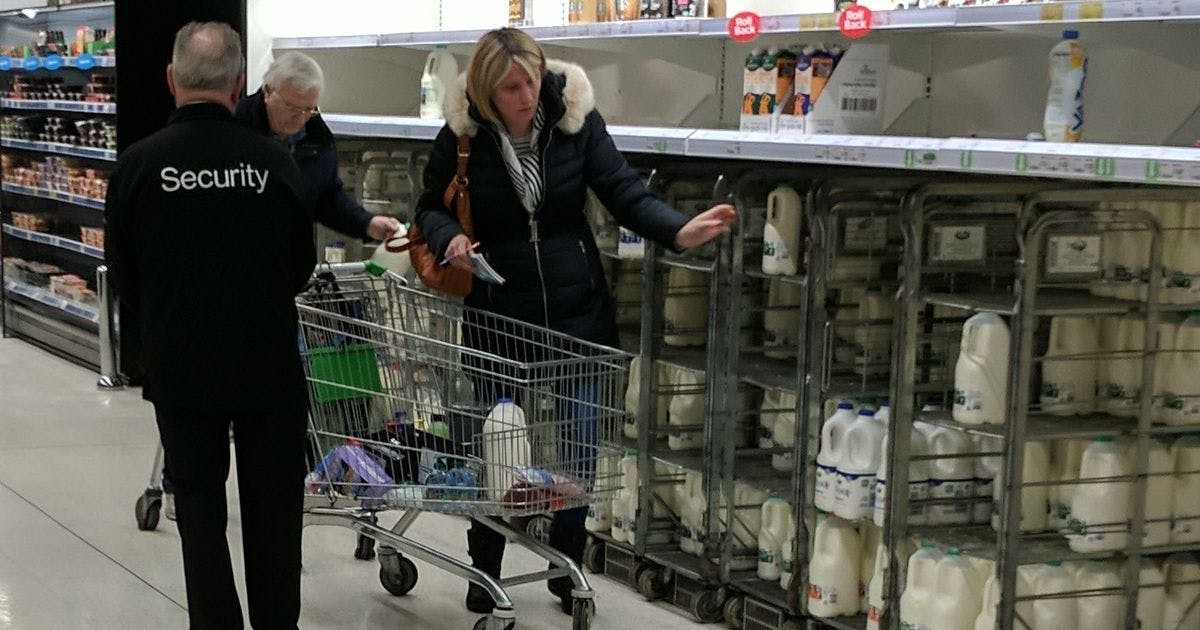
Seven New Ways Retailers Are Thinking About Their Security Guarding Provision
Our working group regularly meet to discuss the provision of security guarding in retail. In our most recent meeting, with thirty five retailers attending, we focused on the new initiatives retailers are working on to improve their security guard/officer capabilities in their business operations.
Note, while these initiatives were "new" to the retailers who shared them, we recognise that for other retailers these may be practices that they might have already deployed.
So, with that said, here were the seven broad themes and trends.
#1: Retailers are investing behind upskilled & specialised security roles
- The Retail Security Specialist: With enhanced training, these upskilled guards support a broader brief, including both loss prevention and safety, the will also handle CCTV, compile evidence, and engage with local police and community.
- Elite Officers. These are mobile, proactive officers helping stores improve self-sufficiency in crime management.
- Tactical Guards: Visibly deterrent guards with advanced training but no weapons, used in high-risk areas or known locations with regular prolific offender problems.
#2) Deeper and Greater Intelligence & Technology Integration
- Intelligence Operations Centres: Triaging tech alerts, radioing store security, verifying incidents, and optimizing responses.
- Two-Way Audio Links: Live communication between security officers and a remote command centre for guidance and support.
- Service Channel Automation: Automated vendor selection for temporary guard deployment based on cost and availability.
#3) The adoption of mew Risk & Resource Optimisation Models
- Security Index / Risk Modelling: The use of data-driven allocation of guarding resources based on incidents, costs, and other risk factors.
- ROI-Justified Coverage: The adoption of metrics like recovery value and repeat offender prevention to justify investment.
- KPI-Driven Guarding: Monthly service reviews with measurable metrics like uniform standards, communication, incident response.
#4) The adoption of Hybrid Guarding Models
- Store Employee-Guards: Employees trained to perform both regular retail duties and guarding depending on demand.
- Ad Hoc & Mobile Guarding: Temporary guards, mobile patrols, and floating staff assigned based on incidents or investigations.
#5) Greater Community & Law Enforcement Engagement
- Youth-Focused Guard Training: Specialised training for guards to interact constructively with young people, including connections to social services.
- Police Partnership Alignment: Aligning store security operations with local police jurisdictions for more efficient responses.
#6) Improved Monitoring & Reporting Enhancements
- Live POS & Self-Checkout Monitoring: Real-time transaction monitoring by guards using hand-held devices, especially for self-checkout fraud.
- Microsoft Forms-Based Incident Reporting: The use of lightweight, in-house developed tools for quick incident capture and KPI tracking.
#7) More Remote & Automated Guarding
- Remote Surveillance Units: Mobile units for parking lot and out-of-hours monitoring with talk-down capability.
- Drone Surveillance: Exploring drone tech for distribution centre security.
With the increasingly more difficult external context for retail, with more abuse, theft and violence being faced by store associates, budgets for guarding continues to grow, creating a sense of urgency for new ways to improve the provision and help the budget deliver a better return on investment.
If you would like to be part of our 2026 discussion, please consider joining our retailer, CPG and academic only working group. Click here.
Aug 16, 2025
Main office
ECR Community a.s.b.l
Upcoming Meetings
Join Our Mailing List
Subscribe© 2023 ECR Retails Loss. All Rights Reserved|Privacy Policy
